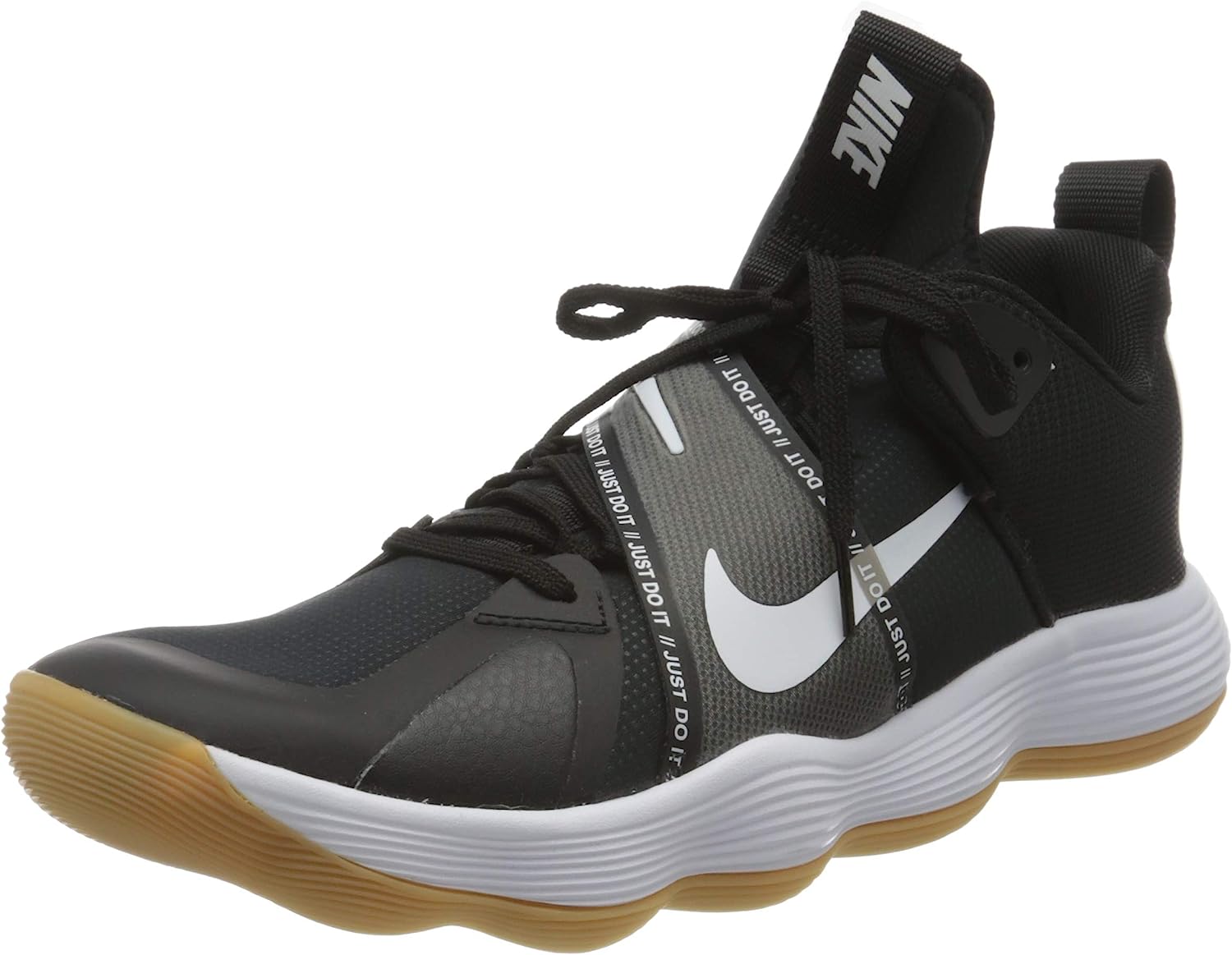Whether you’re a weekend warrior looking for a casual game or a competitive player aiming to dominate the court, choosing the right volleyball shoes is essential for your performance, comfort, and safety. The game of volleyball demands quick movements, precise footwork, and explosive jumps, making your footwear a critical component of your gear. In this comprehensive buying guide, we’ll take you through the key factors to consider when selecting best volleyball shoes, from casual play to the highest levels of competition.
1. Casual Play: Comfort and Versatility
If you’re a casual player who enjoys a friendly game now and then, comfort and versatility are your primary concerns. Look for volleyball shoes that offer a balance between cushioning and support, ensuring a comfortable fit without sacrificing mobility.
Key Points:
- Cushioning: Opt for shoes with moderate cushioning to provide comfort during jumps and movements.
- Fit: Choose a pair that fits snugly but not too tight. You should have enough room for your toes to move comfortably.
- Traction: A non-marking rubber sole with a basic traction pattern will suffice for most indoor courts.
- Durability: While you might not need the most durable shoe, aim for a mid-range option that can withstand occasional play.
2. Recreational Players: Stepping Up Performance
Recreational players who participate more frequently and are looking to improve their game should consider shoes that offer enhanced performance features without breaking the bank.
Key Points:
- Cushioning and Support: Look for midsole technologies that provide responsive cushioning and adequate support for jumps and lateral movements.
- Outsole: Choose a shoe with a specialized traction pattern, such as a herringbone or hexagonal design, for better grip during quick changes in direction.
- Fit and Stability: Seek shoes with advanced lacing systems or support structures that offer stability and prevent unnecessary movement within the shoe.
3. Intermediate Players: Balancing Performance and Value
Intermediate players who are becoming more serious about their game can benefit from investing in footwear that strikes a balance between performance-enhancing features and value.
Key Points:
- Cushioning Technology: Explore shoes with responsive cushioning technologies like air units, gel inserts, or wave plates to improve shock absorption and energy return.
- Fit and Customization: Consider shoes with customizable fit options, such as adjustable lacing systems or padded collars, for a tailored feel.
- Traction and Outsole Material: Look for gum rubber or specialized rubber compounds in the outsole for optimal grip without marking indoor courts.
4. Competitive Players: Unleashing Your Full Potential
Competitive players require footwear that can withstand the intense demands of the game while providing superior performance and support.
Key Points:
- Advanced Cushioning: Seek shoes with cutting-edge cushioning technologies that offer targeted support and energy return, helping you maintain peak performance throughout the match.
- Support and Stability: Look for external heel counters, midfoot shanks, and reinforced upper materials that enhance stability during explosive movements.
- Specialized Traction: Consider shoes with advanced outsole patterns designed for multidirectional movement and quick pivots. Opt for models that offer traction on various court surfaces.
- Customization: Shoes with customizable fit options, such as adaptable lacing systems and molded insoles, allow you to fine-tune the shoe to your preferences.
5. Specialty Positions: Tailored to Your Role
Depending on your position in the game, certain features might be more important to you. Hitters might prioritize cushioning for jumps, while liberos might prioritize lightweight and agility. Tailor your choice based on your specific role on the court.
Key Points:
- Hitters: Look for shoes with ample cushioning in the heel and forefront to support high-impact jumps during spiking.
- Liberos: Prioritize lightweight shoes with agility-enhancing features to excel in quick movements and defensive plays.
Final Tips for All Players:
- Try Before You Buy: Whenever possible, try on the shoes in-store to assess their fit and comfort. Wear the socks you plan to play in to ensure an accurate fit.
- Consider Court Type: If you frequently switch between indoor and outdoor courts, choose shoes with durable outsoles that can handle both surfaces.
- Know Your Foot Type: Understand your foot type (neutral, pronated, or supinated) to select shoes that offer the right amount of support and stability.
- Budget Consideration: While investing in quality footwear is important, choose shoes that align with your budget and playing frequency.
- Read Reviews: Research online reviews and player testimonials to gain insights into the performance, durability, and fit of the shoes you’re considering.
In conclusion, the journey to finding the perfect volleyball shoes begins with understanding your playing style, needs, and ambitions on the court. From casual enthusiasts to competitive athletes, the right footwear can make a significant difference in performance and enjoyment. By considering factors like cushioning, support, traction, and fit, you can confidently choose a pair of volleyball shoes that not only meets your requirements but also propels your game to new heights.





